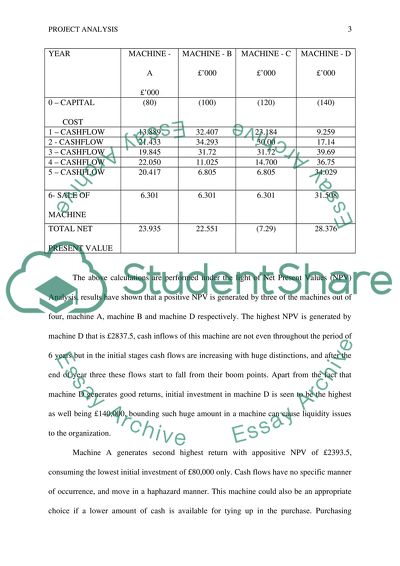Cite this document
(“Project appraisal through discounted and non-discounted cash flow Essay”, n.d.)
Project appraisal through discounted and non-discounted cash flow Essay. Retrieved from https://studentshare.org/finance-accounting/1590208-project-appraisal
Project appraisal through discounted and non-discounted cash flow Essay. Retrieved from https://studentshare.org/finance-accounting/1590208-project-appraisal
(Project Appraisal through Discounted and Non-Discounted Cash Flow Essay)
Project Appraisal through Discounted and Non-Discounted Cash Flow Essay. https://studentshare.org/finance-accounting/1590208-project-appraisal.
Project Appraisal through Discounted and Non-Discounted Cash Flow Essay. https://studentshare.org/finance-accounting/1590208-project-appraisal.
“Project Appraisal through Discounted and Non-Discounted Cash Flow Essay”, n.d. https://studentshare.org/finance-accounting/1590208-project-appraisal.


